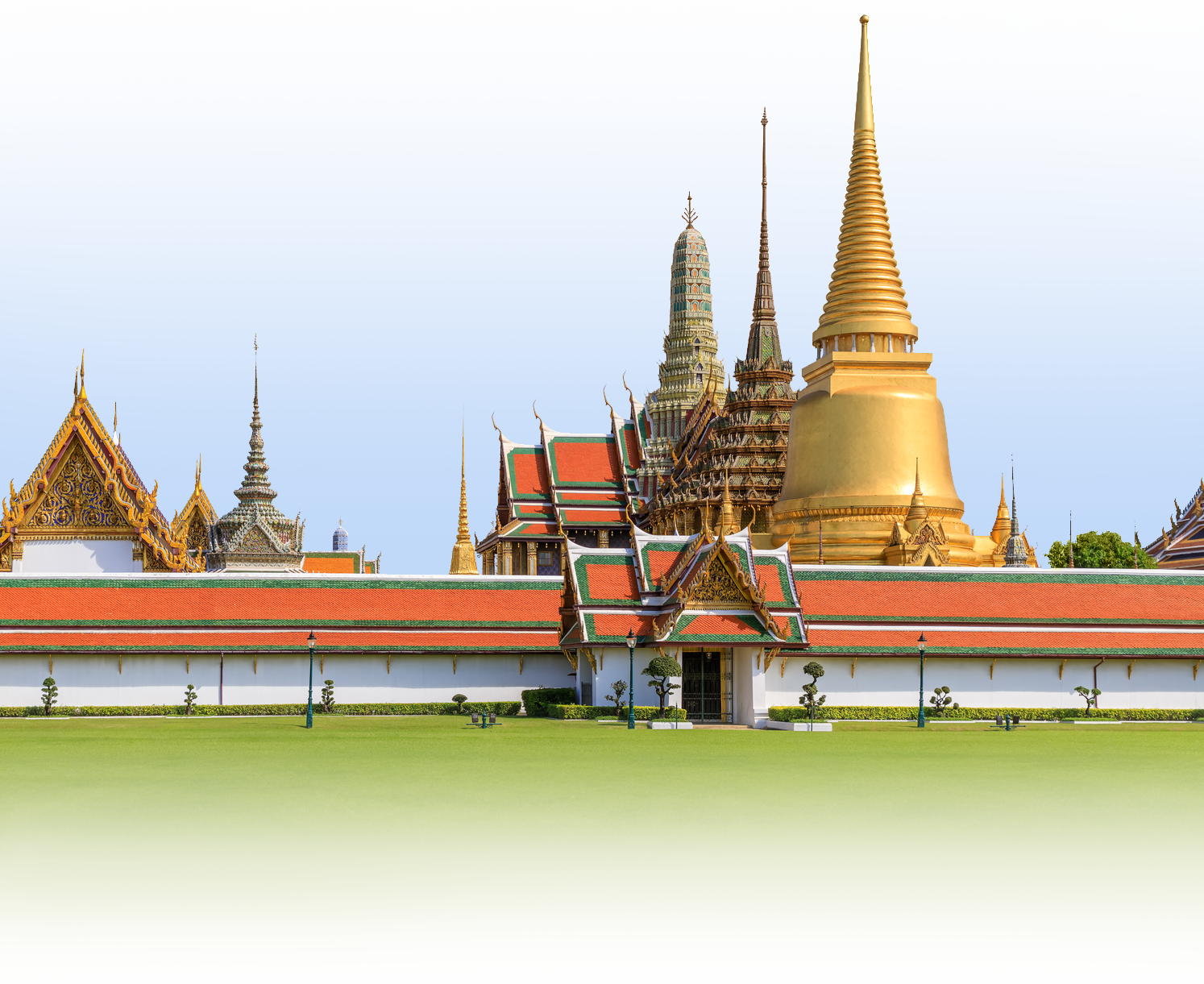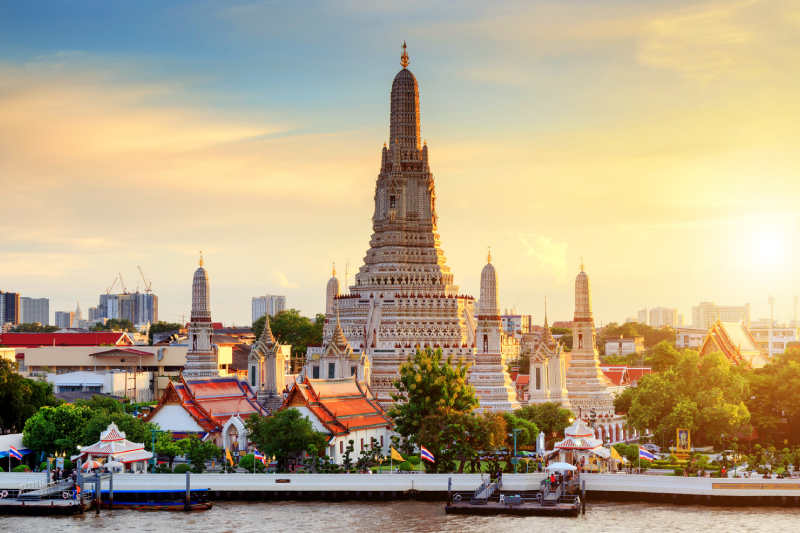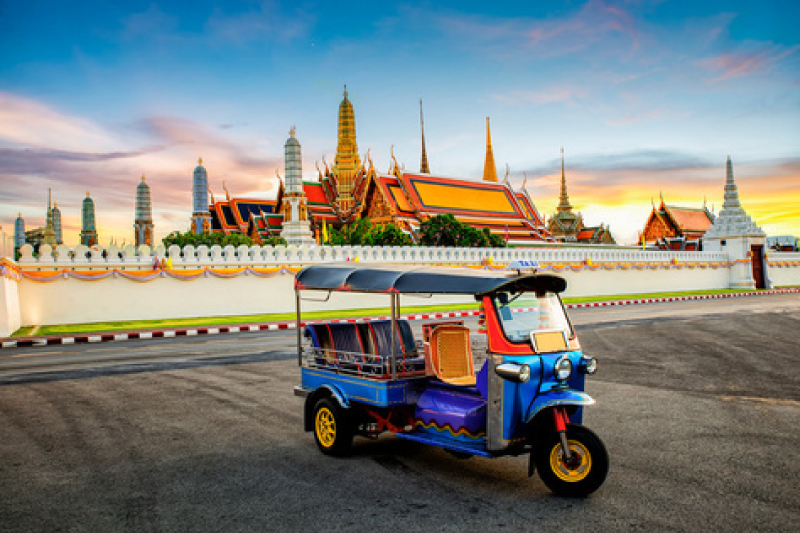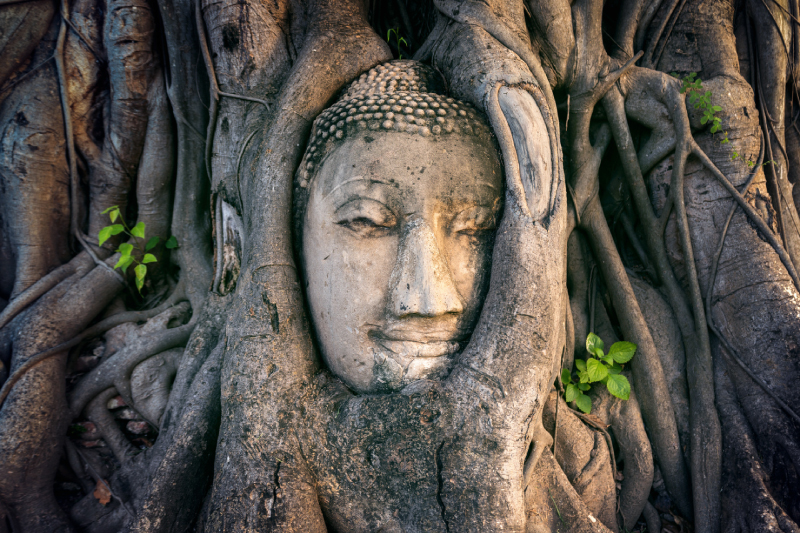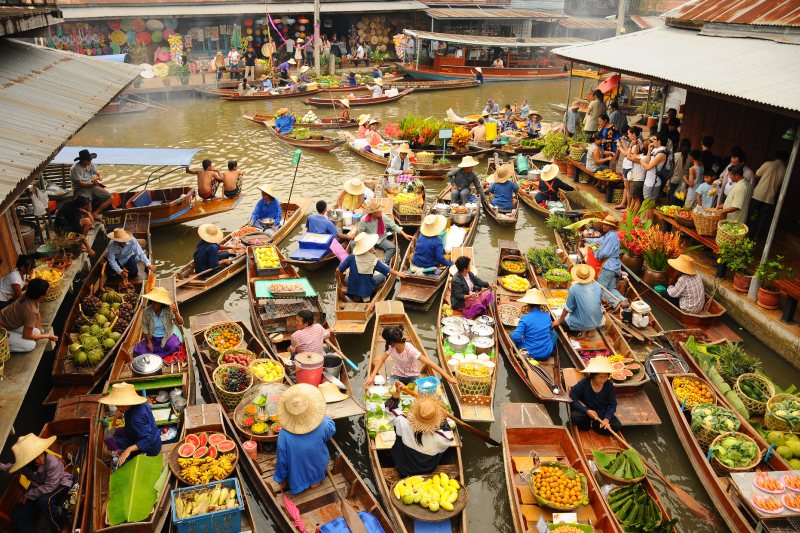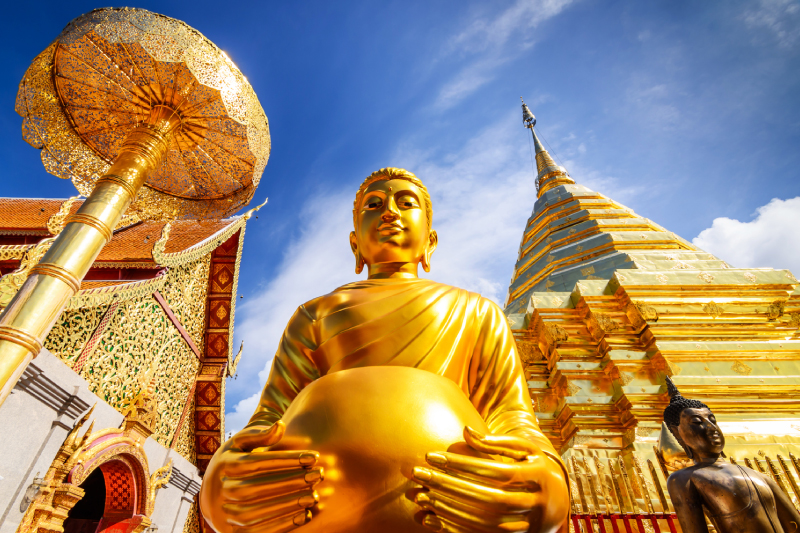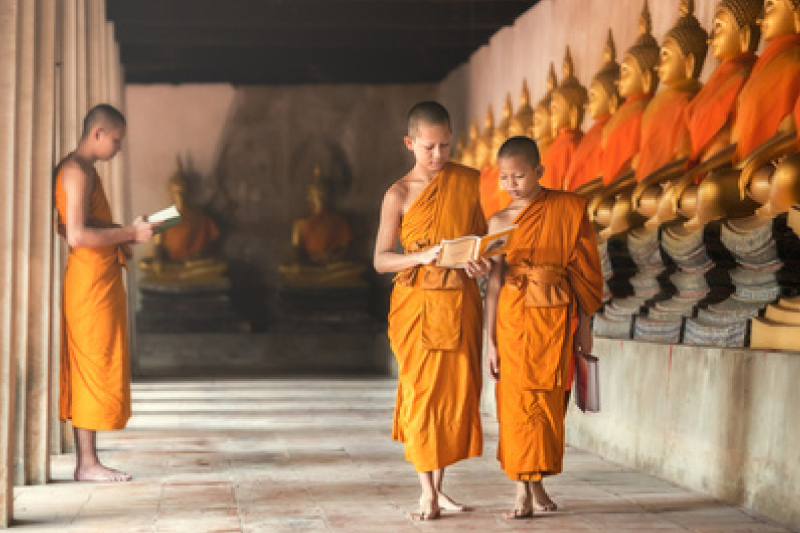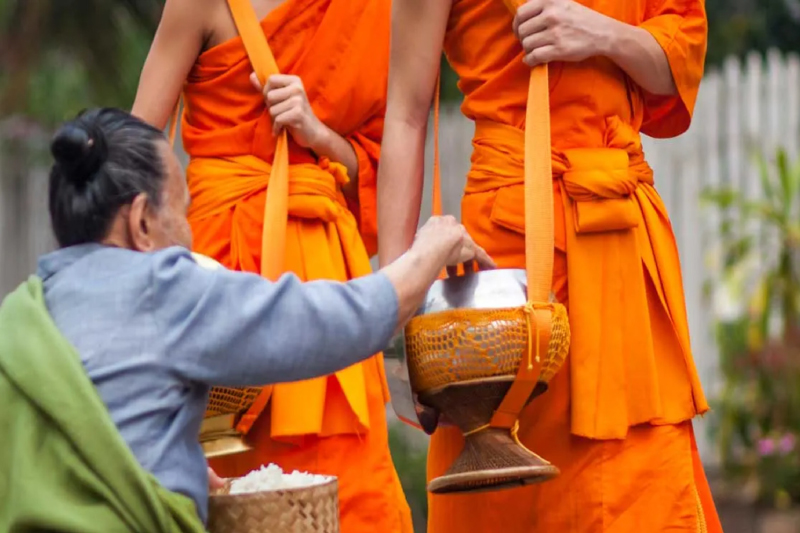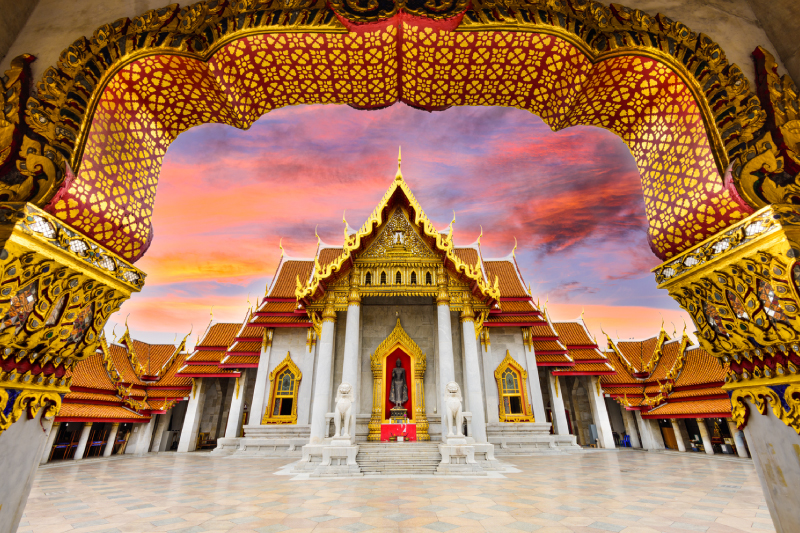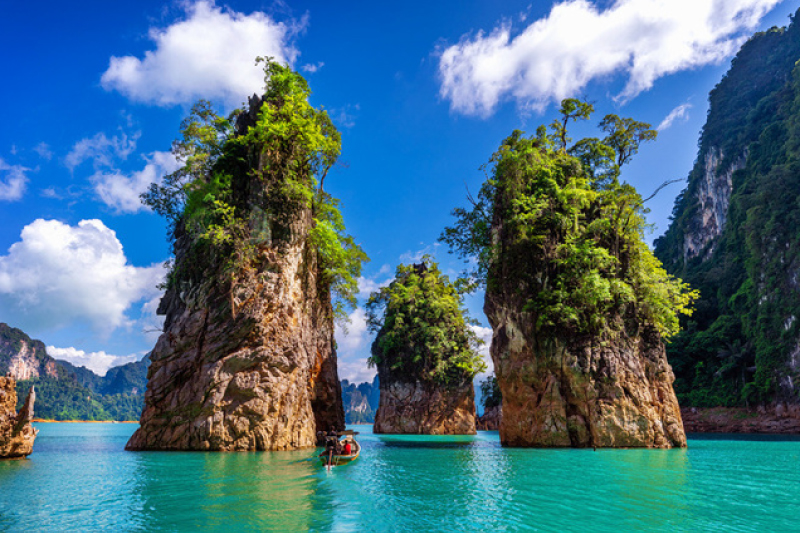Things You Should Know About Thai Culture
Body awareness
Thais place importance and significance todifferent parts of the body. The head is seen asthe most spiritual part of the body and youshould never touch a person’s head… although,most people wouldn’t go around touchingstrangers’ heads in any case! This goes forchildren too—an affectionate ruffling of the haircould cause offence to Thai parents.
Thais are not overly touchy-feely in general. It’snot so common to see Thais holding hands,hugging, or otherwise touching in public, andkissing and other public displays of affectionare a big no.
Although it’s preferable to walk around twopeople, rather than cutting between them, ifyou must pass between two people you shouldstoop slightly so that your head is lower thantheirs. It is also polite for Thais to stoop slightlywhen walking past somebody they know has ahigher social status than them.
The feet are seen as dirty and symbolically low.You should never touch somebody with yourfoot, sit with the sole of your foot pointingoutwards, or point your foot at a person or aBuddha image. Even crossing your legs cancause some people to inwardly wince. Thismeans no holding doors open with your feet,pushing your bag along with your feet, orotherwise using your feet in place of yourhands. There are many times when you shouldtake off your shoes too.
Pointing with a finger is also seen asimpolite, as is beckoning somebody with acrooked finger. Thais will often use their lipsto point, pushing out the lips to indicate adirection. Alternatively, use the whole hand,with all fingers outstretched, to point. Tobeckon somebody, the palm should be facedown with all fingers extended and theaction from the wrist.
Thais are generally very tolerant andunderstand foreign visitors will sometimesmake a faux pas. As long as it’s notsomething major, like showing disrespect tothe religion or monarchy, yelling in public, orwalking around semi-naked, many Thais willoverlook cultural differences.
Monks are highly respected
You’re sure to see many monks during yourtime in Thailand, both inside the temples andoutside on the streets, on buses, at festivals,and in a variety of everyday settings. Monks arehighly revered and respected in Thai cultureand disrespecting a monk is a huge no-no.
There are designated seats on public transportfor monks, for example, and people shouldalways give up their seat to a monk if no otheris available. Females, especially, should becareful of their actions around monks. As wellas not touching a monk or directly handingthings to them (females should put anyofferings etc. on a monk’s dish rather than intotheir hands), women shouldn’t sit next to amonk or their belongings. If you actinappropriately around a monk in Thailand youcan be sure that regular people around you willquickly point out your errors with disapproval.
